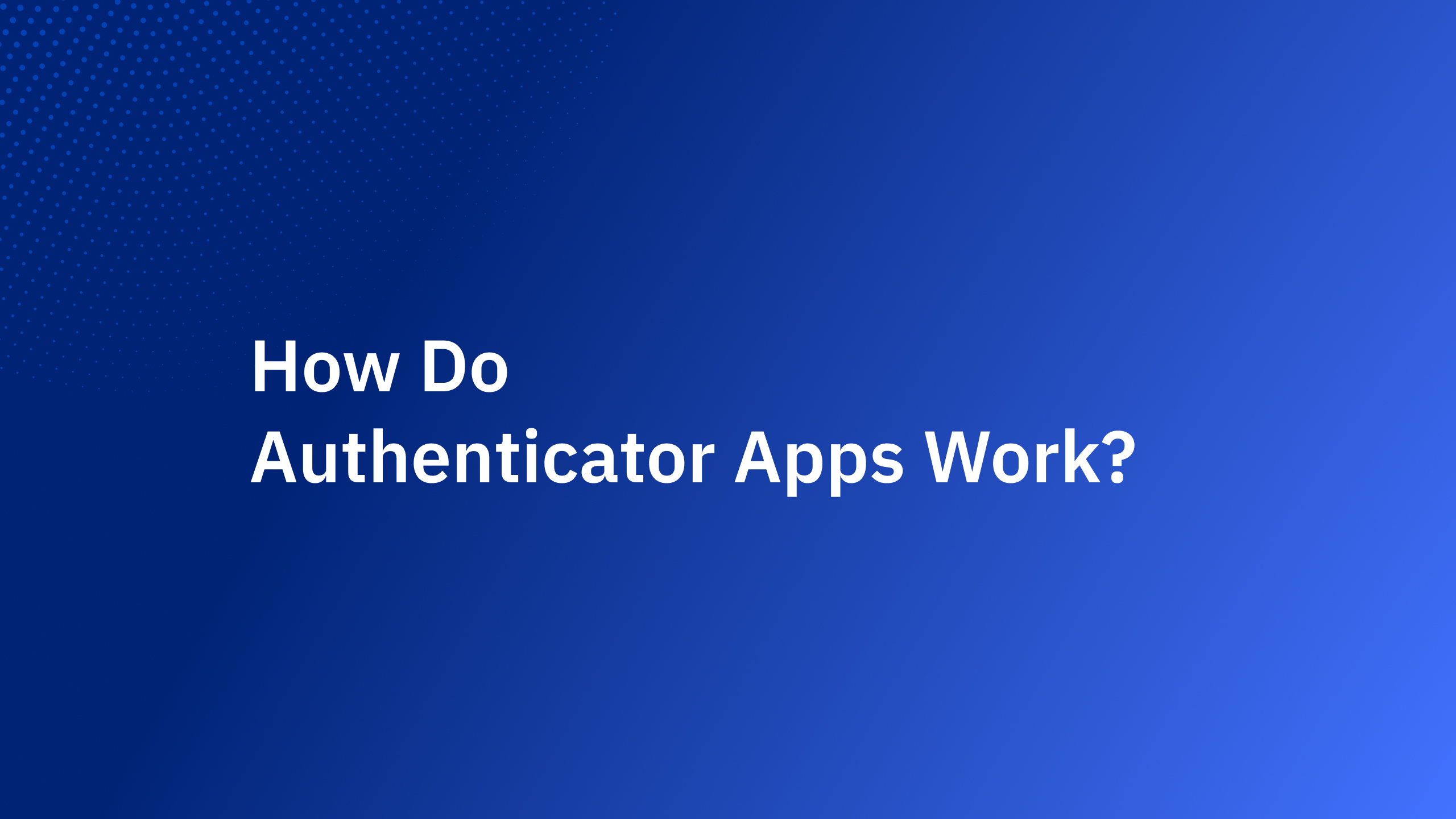Choosing the right Single Sign-On (SSO) solution for your business can feel like traversing a labyrinth of acronyms. Enter the two reigning champions: OIDC and SAML. Fear not, weary traveler, for this blog post will be your Rosetta Stone, demystifying the OIDC vs. SAML duel and equipping you to choose the victor for your digital kingdom.
Identity Unveiled: OIDC vs. SAML Demystified

OIDC (OpenID Connect): Imagine a sleek, JSON-powered limousine delivering user authentication with minimal fuss. That's OIDC, built on the shoulders of OAuth 2.0 to grant access to your apps using secure tokens. Think mobile-first, developer-friendly, and API-loving.
SAML (Security Assertion Markup Language): Picture a grand XML chariot, laden with rich identity data and robust security features. SAML, the elder statesman, has been around the block, ensuring enterprise-grade security for complex SSO setups.
Deciphering the Differences: OIDC vs. SAML in the Ring
Now, let's pit these contenders against each other in a OIDC vs. SAML gladiator match:
Use Case Showdown: Where Each Protocol Shines
To truly grasp the OIDC vs. SAML battle, let's see where each excels:
OIDC vs. SAML: Diving Deeper into Real-World Business Use Cases

The choice between OIDC and SAML isn't just about technical specifications, it's about aligning your authentication protocol with your actual business needs. Let's break down some concrete use cases to help you make an informed decision:
1. Mobile-First Businesses:
- OIDC shines: If your business revolves around mobile apps, OIDC is your knight in shining armor. Its lightweight JSON tokens and focus on user authentication make for a seamless, frictionless login experience on smartphones and tablets. Think e-commerce apps, food delivery platforms, or fitness trackers.
- SAML struggles: With SAML's heavier XML protocol and focus on broader identity management, integrating it with mobile apps can be cumbersome.
2. API-Driven Ecosystem:
- OIDC reigns supreme: APIs are the lifeblood of many modern businesses. OIDC excels in securing API access with granular control over scopes and permissions. If your business relies heavily on API integration for partners or customers, OIDC's developer-friendly nature will be a boon.
- SAML lags behind: While SAML can be used for API access, its complex configuration and focus on user-centric scenarios make it less ideal for the fast-paced world of APIs.
3. B2C Customer Portals:
- OIDC and SAML compete: Here, the choice gets trickier. Both OIDC and SAML can provide convenient logins for customers across your web portal and other applications. OIDC offers speed and ease of implementation, while SAML delivers stronger security and customization options. Consider your security needs and the complexity of your customer portal to make the best call.
- Hybrid approach: Some businesses even blend OIDC and SAML. For example, you could use OIDC for simple customer logins and leverage SAML for deeper integrations with specific partner applications that require stricter security.
4. Enterprise SSO with Complex Systems:
- SAML dominates: If your business is a sprawling digital landscape with legacy systems, internal applications, and strict security requirements, SAML's robust feature set and customizable integrations make it the preferred choice. Think government agencies, large financial institutions, or healthcare organizations.
- OIDC falls short: While OIDC is gaining traction in some enterprise environments, its focus on simplicity and speed can be limiting when dealing with complex data flows and intricate security needs.
Remember, there's no one-size-fits-all solution. Analyze your specific business needs, user base, technical infrastructure, and security requirements before choosing between OIDC and SAML. Don't be afraid to seek expert advice. SSO providers and security consultants can help you navigate the intricacies of each protocol and find the perfect fit for your organization.
Not sure which pre-built solution is the right fit for your business? Speak with an Authgear's expert and unleash the full potential of SSO for your company.
Contact Us
The SSO Symphony: Why Your Business Needs This Harmonious Duo

In today's digital jungle, where employees grapple with tangled application vines and customers demand swift access to ripe rewards, Single Sign-On (SSO) emerges as a powerful machete. This security swiss army knife empowers businesses with enhanced security, boosted productivity, and reduced IT burdens. From simplified logins to centralized user management, SSO slashes through password fatigue, weeds out phishing threats, and cultivates a thriving ecosystem of secure collaboration. By adopting SSO, businesses not only harvest the fruits of increased efficiency but also nurture a culture of trust and innovation, allowing them to flourish in the competitive digital landscape.
Remember, in the digital jungle, SSO isn't just a convenience, it's a survival tool. So, arm your business and watch it blossom!
Building vs. Buying: Why Invest in an SSO Solution?

Building your own Single Sign-On (SSO) solution might seem tempting, especially if you have the technical expertise. But before you embark on this DIY odyssey, consider the hidden treasure chest of benefits you unlock by investing in a pre-built SSO solution:
- Time and Resource Advantage: Building an SSO system is a marathon, not a sprint. It demands dedicated developers, ongoing maintenance, and a constant vigil against security vulnerabilities. By investing in a pre-built solution, you tap into years of expert development, freeing up your team to focus on your core business while the SSO provider handles the technical heavy lifting.
- Security Expertise At Your Fingertips: Security expertise is more than just knowing your way around code. It's staying abreast of evolving threats, patching vulnerabilities before they're exploited, and ensuring compliance with complex data privacy regulations. Pre-built SSO solutions come with an in-house security team constantly guarding the gates, leaving you secure in the knowledge that your most valuable assets are protected.
- Integration Symphony: Integrating your SSO solution with a diverse orchestra of applications can be a cacophony of code and headaches. Pre-built solutions boast extensive pre-built connectors and seamless integration with popular platforms, minimizing development time and ensuring harmonious interoperability across your digital ecosystem.
- Scalability for Growth: Imagine your business flourishing, only to be shackled by an SSO system that can't keep up. Pre-built solutions are built to scale, easily accommodating your growing user base and expanding application portfolio. You can focus on growth without fretting about capacity limitations.
- Peace of Mind and Ongoing Support: Building your own SSO is like living on the edge of a cybernetic volcano. With every eruption of a new security patch or bug fix, you're responsible for the eruption control. Pre-built solutions offer continuous updates, automated patching, and dedicated support, letting you sleep soundly while your SSO hums in perfect harmony.
Remember, investing in an SSO solution is not just about convenience, it's about a strategic partnership with experts who understand the ever-evolving digital landscape. They not only provide a secure and efficient access system, but also free you to focus on what truly matters – building a thriving business in the heart of the digital jungle.
Instead, invest in a pre-built SSO solution. A dedicated provider like Authgear offers:
- Ready-to-use Solutions: Seamless integration with popular apps and platforms.
- Scalability and Security: Robust infrastructure with continuous updates and expert support.
- Peace of Mind: Focus on your business while your provider handles the SSO symphony.
Remember, the OIDC vs. SAML debate is not a win-or-lose game. Each protocol serves a distinct purpose, and the true victor is your business, basking in the secure and convenient harmony of SSO. So, don't wait – join the SSO revolution and watch your business soar to new heights!








